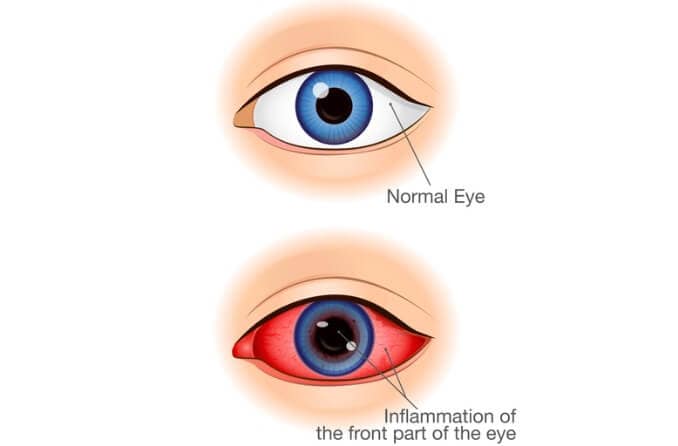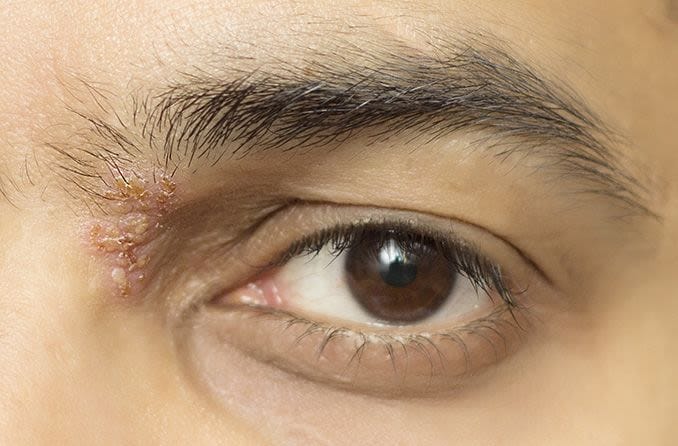What is iridocyclitis?
Iridocyclitis is a type of inflammation in the eye that may be caused by an injury, infection or autoimmune condition. Iridocyclitis is a type of uveitis, a general term referring to inflammation of the uvea, the middle layer of the eye. The uvea contains the iris, the ciliary body and the choroid.
Uveitis is typically divided into three categories:
- Anterior – Inflammation of the iris or iris and ciliary body
- Intermediate – Inflammation of the ciliary body
- Posterior – Inflammation of the choroid
If the entire uvea is inflamed, that's known as diffuse uveitis.
Anterior uveitis is the most common of the three types and can be broken down into:
- Iritis – Inflammation of the iris
- Iridocyclitis – Inflammation of the iris and the ciliary body, a part of the eye behind the iris that helps you focus on nearby objects
Here's a guide to the causes and symptoms of iridocyclitis, and why seeing your eye doctor right when you notice symptoms may help to prevent vision loss.










